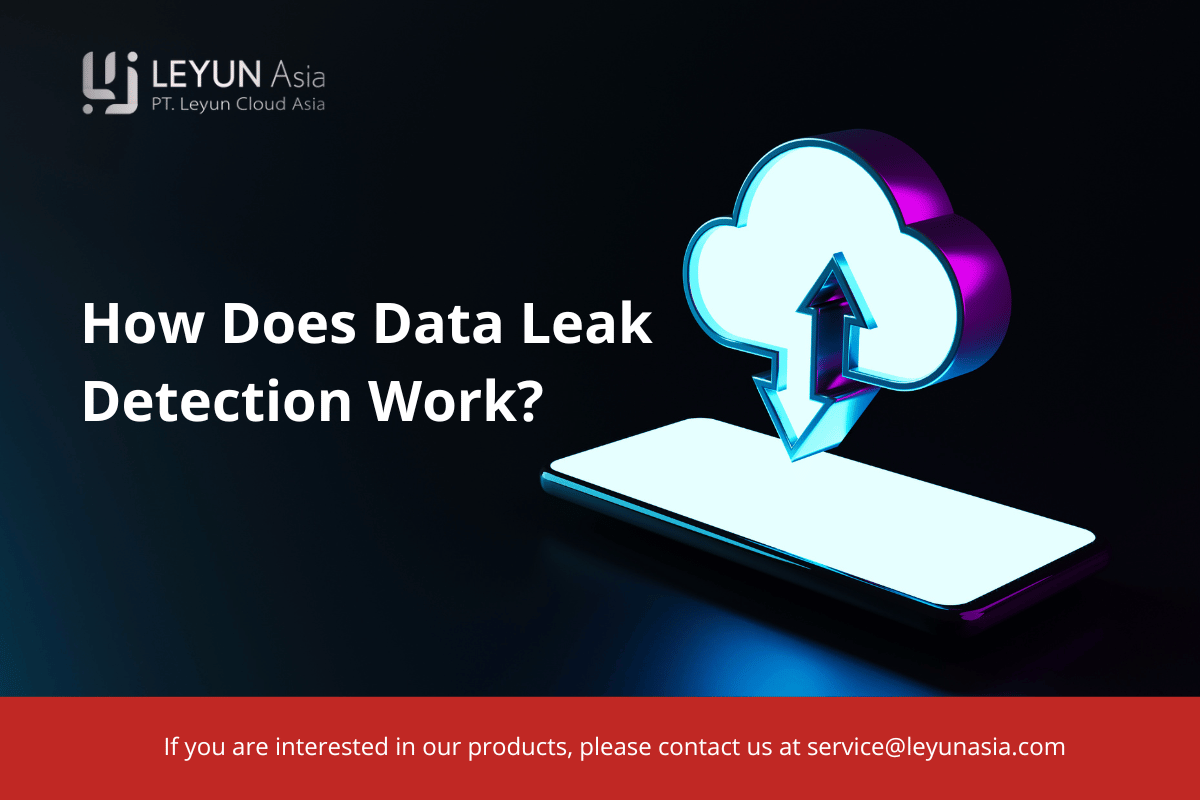In today’s digital era, data is one of the most valuable assets for businesses and organizations. However, as the volume of sensitive data increases, so does the risk of unauthorized access and potential leaks. A data leak can have devastating consequences, leading to reputational damage, legal repercussions, and financial losses. Data Leak Detection (DLD) is a critical component of an organization’s cybersecurity strategy to mitigate such risks.
This article will explore what data leak detection is, how it works, and the benefits of implementing such a system.
What is Data Leak Detection?
Data Leak Detection is a security process and set of technologies that help organizations identify and prevent the unauthorized disclosure of sensitive or confidential information. It involves monitoring data flows across various networks, devices, and systems to detect any signs of a data leak, whether intentional or accidental. The goal is to detect leaks early, stop them, and minimize the potential impact.
Data leak detection can be implemented using various techniques, such as anomaly detection, content inspection, and behavior analysis, to monitor and analyze the movement of sensitive data. By identifying abnormal or unauthorized access patterns, organizations can act swiftly to secure their information before it is exposed to unauthorized parties.
How Does Data Leak Detection Work?

Data leak detection refers to the process of identifying unauthorized or accidental exposure of sensitive data. This can occur when information is exposed to the wrong individuals or systems, whether intentionally (e.g., through a cyberattack) or unintentionally (e.g., due to poor data management practices). Here’s how data leak detection works:
- Monitoring and Analyzing Data Movement, Data leak detection tools continuously monitor where sensitive data is stored, transmitted, and accessed across the network. This includes tracking email communications, file transfers, cloud applications, and internal messaging systems. By analyzing data movements, organizations can pinpoint where leaks may occur.
- Content Inspection is Many data leak detection systems perform content inspection on both structured and unstructured data to identify sensitive information such as personal details, financial data, intellectual property, and confidential business information. These systems use predefined keywords, patterns, or machine learning models to detect sensitive content and flag it as potentially at risk.
- Behavioral Analytics, Data Leak Detection solutions often incorporate behavioral analytics, which involves analyzing the behavior of users, applications, and systems over time. By establishing a baseline of regular activity, the system can identify deviations that may indicate suspicious activity or unauthorized access attempts. For example, a user suddenly accessing a large amount of sensitive data unrelated to their job duties can be flagged for investigation.
- Real-Time Alerts and Responses – When a potential data leak is detected, most systems generate real-time alerts that notify security personnel of the threat. These alerts can include information about the source of the leak, the type of data involved, and the actions being taken. Automated responses can also be triggered, such as blocking the data transfer or locking user accounts until further investigation is completed.
- Endpoint Monitoring – In addition to monitoring the network, data leak detection can track activities on endpoints such as computers, mobile devices, and servers. This helps ensure that any unusual or unauthorized movements are detected promptly, even if data is transferred to external devices or cloud applications.
Functions of Data Leak Detection
Data Leak Detection systems are designed to monitor, detect, and prevent the unauthorized exposure of sensitive data within an organization’s IT environment. Below are the key functions that these systems perform:
- Preventing Unauthorized Access
The primary function of data leak detection is to prevent unauthorized individuals from gaining access to sensitive information. By continuously monitoring data flows and detecting irregular access attempts, organizations can stop potential leaks before they happen. - Identifying Insider Threats
Data leak detection systems are also capable of identifying insider threats. Employees or contractors with malicious intent may attempt to steal or leak data for personal gain or to harm the organization. Data leak detection helps organizations spot suspicious activity that could indicate an insider threat by analyzing user behavior and access patterns. - Protecting Data in Transit and at Rest
Data leak detection tools monitor data in transit (sent over networks) and data at rest (stored in databases, file systems, etc.). This ensures that data is protected throughout its lifecycle, from creation and storage to transfer and sharing. - Compliance with Regulations
For many industries, data protection and privacy regulations are mandatory. Data leak detection solutions help organizations comply with laws such as the General Data Protection Regulation (GDPR), Health Insurance Portability and Accountability Act (HIPAA), and Payment Card Industry Data Security Standard (PCI-DSS) by ensuring that sensitive data is adequately protected and monitored for unauthorized access. - Auditing and Forensic Analysis
Data leak detection systems maintain detailed logs of all data movements and access events, which can be helpful for auditing and forensic investigations. In the event of a data breach, these logs help security teams determine the cause of the leak, identify the compromised data, and understand how the breach occurred.
Benefits of Using Data Leak Detection

Data leak detection systems are designed to monitor, identify, and prevent unauthorized access to sensitive data within an organization’s infrastructure. Here are the key functions of Data Leak Detection systems:
- Early Detection of Data Breaches
One of the most significant benefits of data leak detection is its early detection of data breaches. Organizations can respond quickly by identifying signs of unauthorized data transfers or suspicious access patterns to prevent further exposure or loss of sensitive information. - Minimized Financial and Reputational Damage
A data leak can result in significant financial and reputational damage, especially if it involves sensitive customer data or intellectual property. By implementing data leak detection, organizations can reduce the risk of a breach and mitigate the impact, preventing the financial and reputational consequences of a publicized data breach. - Enhanced Compliance
Many industries are subject to strict regulations regarding data privacy and protection. Data leak detection helps organizations meet compliance requirements by monitoring, protecting, and securely handling sensitive data. This reduces the risk of regulatory fines and penalties for non-compliance. - Protection Against Insider and External Threats
Data leak detection systems are designed to identify both insider and external threats. Whether a malicious insider is intentionally leaking data or an external attacker is attempting to steal information, data leak detection systems can spot suspicious activity and take steps to stop it before it leads to significant damage. - Improved Data Governance
Data leak detection enhances an organization’s overall data governance framework by ensuring that sensitive information is handled and tracked throughout its lifecycle. With better data visibility and control, organizations can implement stricter access controls, enforce data handling policies, and ensure that only authorized individuals can access critical data. - Real-Time Incident Response
The ability to respond to incidents in real-time is crucial to minimizing the impact of data leaks. Data leak detection tools provide security teams with immediate alerts and actionable information, enabling them to take swift action to contain and mitigate the threat.
Conclusion
Data Leak Detection is an essential part of any organization’s cybersecurity strategy. With the increasing frequency of data breaches and the growing value of sensitive information, protecting data from unauthorized disclosure is more important than ever. Organizations can prevent potential leaks, identify insider threats, ensure compliance, and reduce the risk of financial and reputational damage by implementing data leak detection systems.
Detecting and responding to leaks in real time provides invaluable protection for sensitive data and ensures that businesses remain secure in an increasingly digital world.
If you need protect your website for your Company or organization, contact us here for more information.

